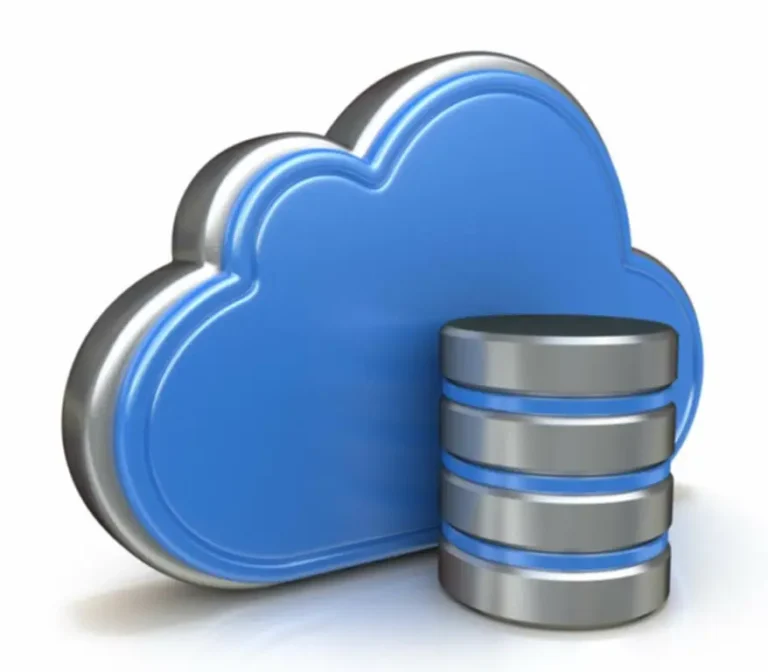Scalability vs Elasticity: What’s the difference?

Cloud data storage is naturally a complex subject. With physical storage, it’s easy to grasp how the resources are allocated and how you store them. With clouds, most people have a vague understanding of intangible data storage wired to some computing bundle.
Scalability and elasticity are two parameters that define how large portions of cloud systems work. If you dabble with computing, you have likely read these words before somewhere. They are rather similar. Both have a lot to do with resource management, but most people can point out the difference in Scalability vs Elasticity.
How does cloud storage work?
Well, first of all, let’s mention how cloud storage even works so we can refresh our memory and reference these facts further on. In simple terms, if your data goes through the cloud system, this is what happens:
- You upload your data onto an online cloud unit that can be readily accessible at any time unless it’s private.
- Although the data can be taken off this unit at any time, it’s actually stored on one of the underlying computing systems that support the unit (most likely).
- When you take it off the cloud unit, it gets transferred from the physical system to your own hard drive.
These cloud systems are nifty services that offer users their professional storage services. Basically, with their help, you can store your data in massive quantities without burdening your own hardware. All of this is part of the popular SaaS (Storage-as-a-Service) and IaaS (Infrastructure-as-a-Service) models used by many businesses.
These models allow businesses who have an online presence to: 1) store the information about any part of their activity in the cloud; 2) process information, including requests from clients, in the cloud. In both of these cases (and many others), the principles of Elasticity and Scalability are paramount. But what are they?

We are confident that we have what it takes to help you get your platform from the idea throughout design and development phases, all the way to successful deployment in a production environment!
Scalability explained
However you process your data, you always reach a finite number of resources you can dedicate to processing your information, your clients’ data, and anything else you might need for a functioning business. Now, compared to hard storage, cloud storage can be easily scaled – expanded with more resources.
In the old way, you would buy more servers to process new clients because your business has outgrown your capabilities. That was bulky, expensive, and time-consuming. Now, you can scale it effortlessly. You’ll have to do it all the time, which means it’s actually excellent that you can expand your resources so easily.
It usually happens one of the two main ways:
- Vertical scalability. In order to increase your productivity, you expand the storage capabilities you already have by attaching resources. It is perfect as an interim solution.
- Horizontal scalability. It’s a much more common practice that involves the purchase of new storage units.
Whichever way you pick, it can be done easily enough with one of the many cloud systems you can find online. The most common ones are pay-per-use services, which is much like the rent. Acquiring resources this way means you can expand it at any moment by simply paying more money.
Reasons behind Scalability
All businesses scale as they grow. It’s inevitable. If you have an online presence, you need to support it with some processing power. In this regard, you have two choices: either support it yourself by installing necessary equipment or pay for resources that would take care of your data remotely.
That’s an obvious reason behind the continuous expansion of your network, but there is also another issue that Scalability takes care of.
You can’t always anticipate when your network is going to experience a sudden influx of users. If you scale your infrastructure before it happens, you’ll have an effective preventative solution in the form of several reserve units. Pay-per-use services actually allow you to pay less for this reserved space if you don’t use it. So, you can save it for tougher times.
Scalability ensures consistency and work without disruptions, which is very important for a business bound to continue growing.

Elasticity explained
Although similar to Scalability in that both of these aspects are responsible for resource management, they are different in what they actually represent. Scalability in cloud computing is more of a constant process of adding more to your system so that it would keep up with the demand. Elasticity rather reflects the condition of your system.
Elastic systems are systems that can readily allocate resources to the task when it arises. The system’s measure of elasticity estimates how readily the network can handle the current workload and how well it can respond to the new processes that arise all across the system.
In this regard, it works in tandem with Scalability because if a system is properly scaled, then it’s likely going to be elastic – simply because there’s an abundance of resources that can be allocated to purchases, user requests, video viewership, and so forth. In short, a healthy system is both elastic and well-scaled.
Why is Elasticity important?
Elasticity in cloud computing is crucial for the same reasons Scalability is:
- Consistency of work
- Responsiveness to the increase in workload
- Economic use of resources.
The key purpose of Elasticity is to enable the system to competently respond to workload changes. In part, it’s achieved by simply having a lot of computing solutions that can be delegated to taking care of any task that needs to be performed. So, if people purchase a lot of your products, the system must respond by delegating more resources to this aspect of your business.
Moreover, Elasticity is a great way to avoid congestion. If one of your servers does all the work, and the others are barely busy, you won’t achieve much. Fortunately, contemporary algorithms take care of this problem on their own. Before, you would have to manually redirect resources to various tasks.
With the introduction of these new algorithmic solutions, the job of figuring out which system should do what is now mostly automated and well-tuned. As a result, all requests that arrive to the system from the users are immediately delegated to one of the computing units and taken care of.
As a result, this well-connected infrastructure (if the infrastructure you paid for is well-connected) doesn’t even need supervision most of the time. Moreover, it’s a perfect place to teach algorithmic machines what they have to do.
Achieving perfect Elasticity & Scalability
As mentioned, renting computing solutions in the cloud is a very feasible option in today’s environment. There are tons of them, and you can consistently increase the workload and responsiveness of your system with just a fraction of the cost you’d need had you taken care of these issues the old way.
There are two main types of services that sell such infrastructure:
- Pay-as-you-grow – a payment model which basically allows you to increase your storage and processing capacity proportionally to your pay;
- Pay-per-use – a payment model that estimates how much you use your overall system and charges you based on that.
The first step here would be to understand which of these suits you better. Both Elasticity and consistent Scalability are achieved by having a lot of resources. However, with the former, you also need well-established connections between your resources and high-tier algorithms to allow for smart resource allocation.
Although these two elements work in tandem, Elasticity often requires quality rather than quantity. It’s even more evident considering that it actually takes processing power to delegate resources around if the system is just too big for the algorithm to handle.
The pickle here is that sophisticated, quality systems often use the pay-as-you-grow model. It’s not granted that these services are better-made and as such are more elastic, but well-made systems often use this model. They charge you more (compared to the other models) if you scale because the quality of connections will stay top-notch.
The market of cloud services is very sizeable, and you’ll surely find a service that gives you both numbers and quality.
Advantages of Scalability & Elasticity
In the Scalability vs Elasticity comparison, it’s very advantageous to have a fine-tuned system that was property elasticized and scales. So, let’s sum up why that’s the case:
- Cost-effectiveness. It’s much cheaper and not as time-consuming to rent a cloud system to process and store your data. That’s one of the primary merits of an IaaS model – you can achieve all the same results, but your job will be done by professionals for cheaper.
- Automation and speed. The cloud systems (at least the quality ones) are much faster and have a greater deal of automation than if you’d have to process your data with your own hardware.
- Stability. Thanks to the consistency of work provided by these elements, your business can experience unprecedented stability. Since its activities aren’t interrupted by the overloads, you can earn more money and thus repay the money you spent on these resources very quickly.
- Availability. It could be rather expensive and hard to find a proper high-quality cloud service that would provide you enough resources for all of that. Nowadays, you can establish an online presence by using various services at a fraction of the usual cost.
In the end, a system like this reduces costs and increases profits, which is ultimately what any business needs.
Disadvantages of Scalability & Elasticity
In the Scalability vs Elasticity comparison, there are also slight downsides to this system, although they are generally overshadowed by the upsides. This includes:
- Dependency on the provider. If much of your system is wired to the infrastructure you’re renting from service, your business is at risk of going down if the service has gone down. It’s true, you can go down by breaking down on your own, but at least that’s something you can control.
- Data loss risks. It’s paramount to only work with a trustworthy service because you literally send them your data so it could be stored and processed. If the provider is untrustworthy or neglectful of security, you might have a major data loss on your hands.
These downsides are easily remedied if you pick a trustworthy provider with a quality system. Fortunately, there are lots of them online.
Top Articles
ABC of DevOps Testing: Types, Best Practices, and Everything You Need to Know
I am here to help you!
Explore the possibility to hire a dedicated R&D team that helps your company to scale product development.






